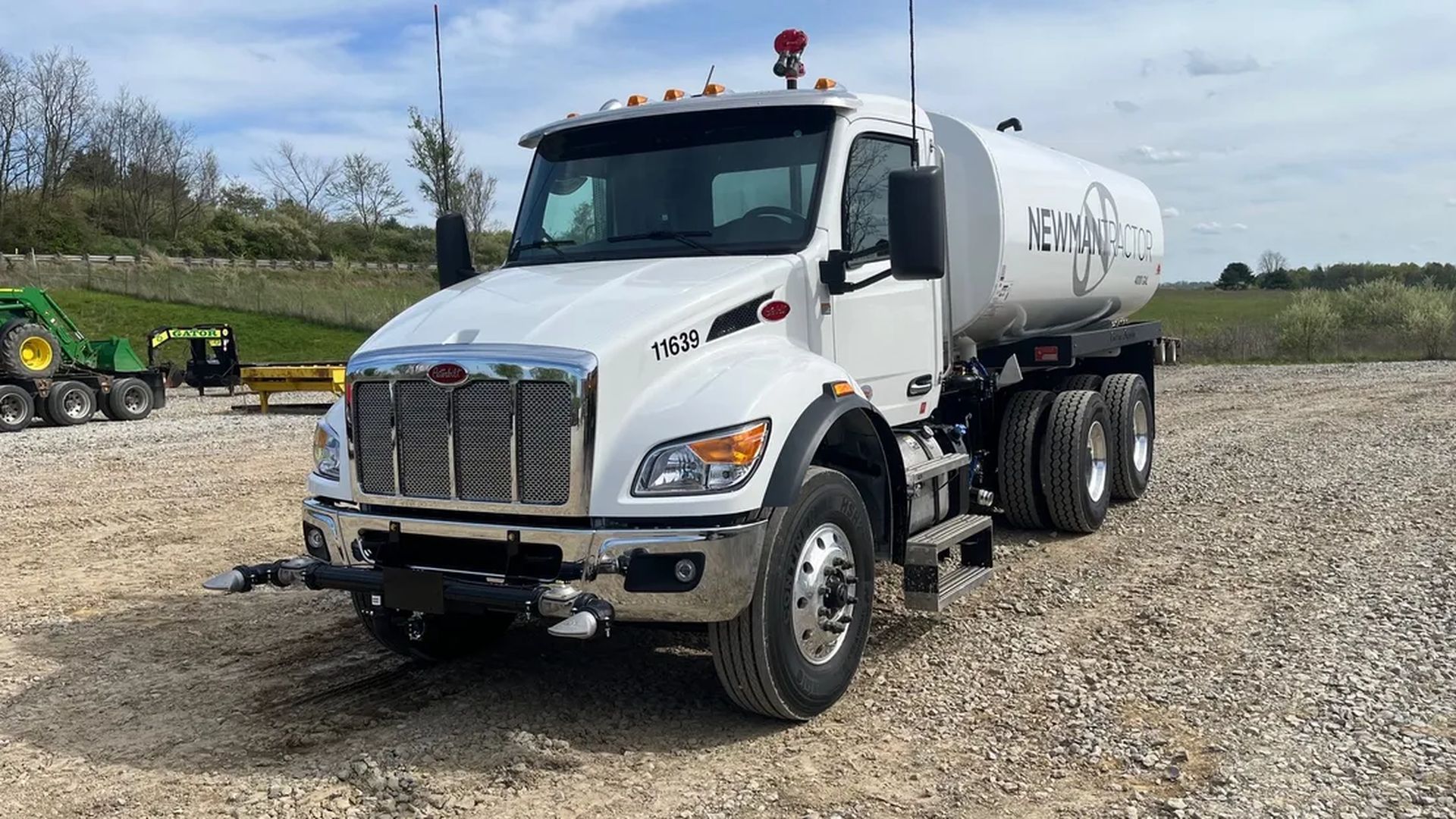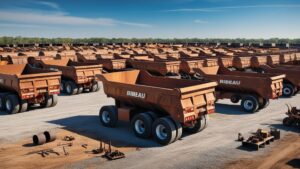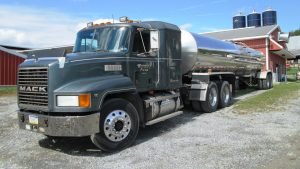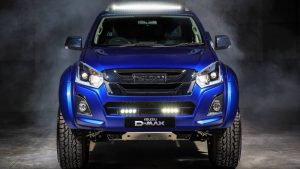Peterbilt is renowned for manufacturing high-quality, reliable, and durable trucks, and their water trucks are no exception. These specialized vehicles are essential for various applications, including construction, agriculture, firefighting, and dust control. This article provides an in-depth look at the specifications, features, and uses of the Peterbilt water truck, highlighting its significance and technological advancements.
Key Specifications of Peterbilt Water Trucks
Chassis and Engine:
- Chassis: Peterbilt water trucks are built on heavy-duty truck chassis, designed to handle rugged terrains and heavy loads. The chassis provides a robust foundation that ensures durability and reliability.
- Engine: These trucks are typically powered by PACCAR MX-13 or Cummins diesel engines, with power outputs ranging from 300 to 500 horsepower, depending on the model and application. These engines are known for their efficiency, performance, and compliance with stringent emission standards.
- Transmission: Peterbilt water trucks come with advanced transmission options, including Eaton Fuller manual or Allison automatic transmissions, with 10-speed to 18-speed configurations, ensuring smooth and efficient power delivery.
- Drivetrain: Available in various configurations such as 4×2, 6×4, or 8×4, ensuring stability and traction in diverse environments.
Water Tank:
- Capacity: The water tanks on Peterbilt trucks typically range from 2,000 to 5,000 gallons, although larger custom configurations are available for specific needs.
- Material: Tanks are commonly made from high-quality steel, stainless steel, or aluminum, which provides excellent resistance to corrosion and ensures longevity.
- Shape: Peterbilt water tanks are designed to optimize weight distribution and vehicle stability. They are usually cylindrical or rectangular, featuring baffles inside to prevent water sloshing.
Pump and Spray System:
- Pump Type: Centrifugal or positive displacement pumps are used, offering efficient water transfer and pressure. Common brands include Berkeley and PTO-driven water pumps.
- Pump Capacity: Flow rates can range from 300 to 1,200 gallons per minute (GPM), providing adequate water distribution for various applications.
- Spray Heads: Equipped with multiple spray heads or nozzles, including rear, front, and side sprays, allowing for effective coverage of a wide area.
- Control Systems: Advanced trucks feature automated control systems for precise water delivery and pressure adjustments, enhancing operational efficiency.
Safety Features:
- Anti-lock Braking System (ABS): Enhances braking performance, particularly on slippery surfaces.
- Traction Control: Provides stability and control, especially on uneven terrains.
- Emergency Shut-off Valves: Allow for immediate water flow stoppage in case of emergencies.
- Lighting: High-intensity work lights and reflective markings ensure visibility in low-light conditions.
- Cameras and Sensors: Optional backup cameras and proximity sensors improve maneuverability and safety.
Additional Features:
- Cab Comfort: Modern Peterbilt cabs include air conditioning, ergonomic seating, and advanced infotainment systems for driver comfort. Features such as power windows, heated mirrors, and adjustable seats enhance the driving experience.
- GPS and Telematics: Integrated systems for real-time tracking, route optimization, and maintenance monitoring improve operational efficiency.
- Auxiliary Equipment: Some Peterbilt water trucks come with additional tools such as hoses, reels, and water cannons for specific applications like firefighting or agriculture.




